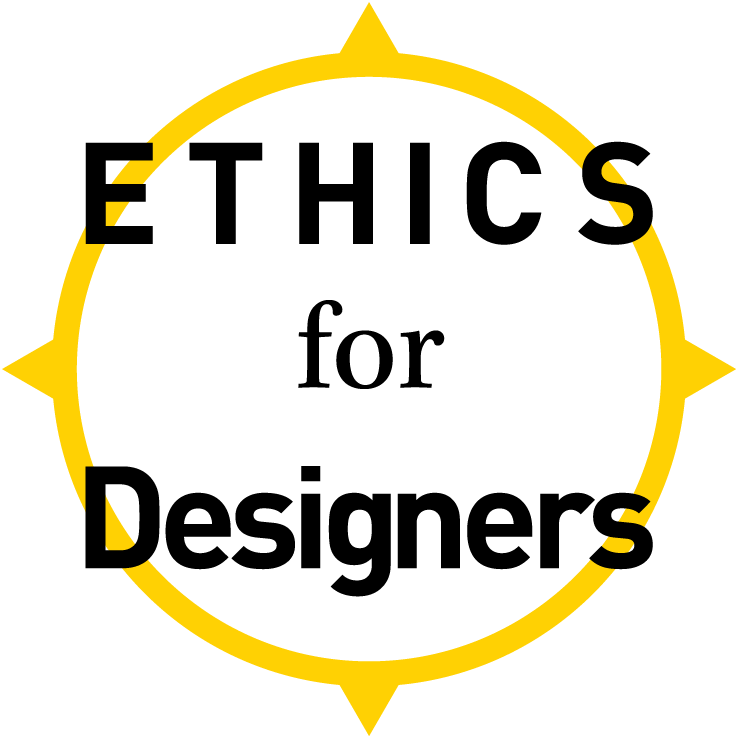Design needs ethics
Design has a huge influence on how people behave and live their lives. As designers, we are trained to solve problems and make people’s lives better, but rarely do we consider what 'better' actually is. It is important to understand that what we design is not neutral. In fact design is an inherently ethical activity. That’s why I believe designers should understand ethics and learn to incorporate it in your design work. And for that, you’re in the right place. Check out the toolkit for practical resources for approaching design from an ethics perspective.
A designer's ethical skills
If you want to engage with the ethical dimension of your designs, invest in learning the following skills. This will allow you to understand and engage with ethics within each different design project. Mastering your ethical skills will help you grow as a responsible designer.















Learn to recognise and deconstruct the scripts of existing designs. By questioning why a design is how it is, you’ll uncover the underlying intentions and world-view of its designer.